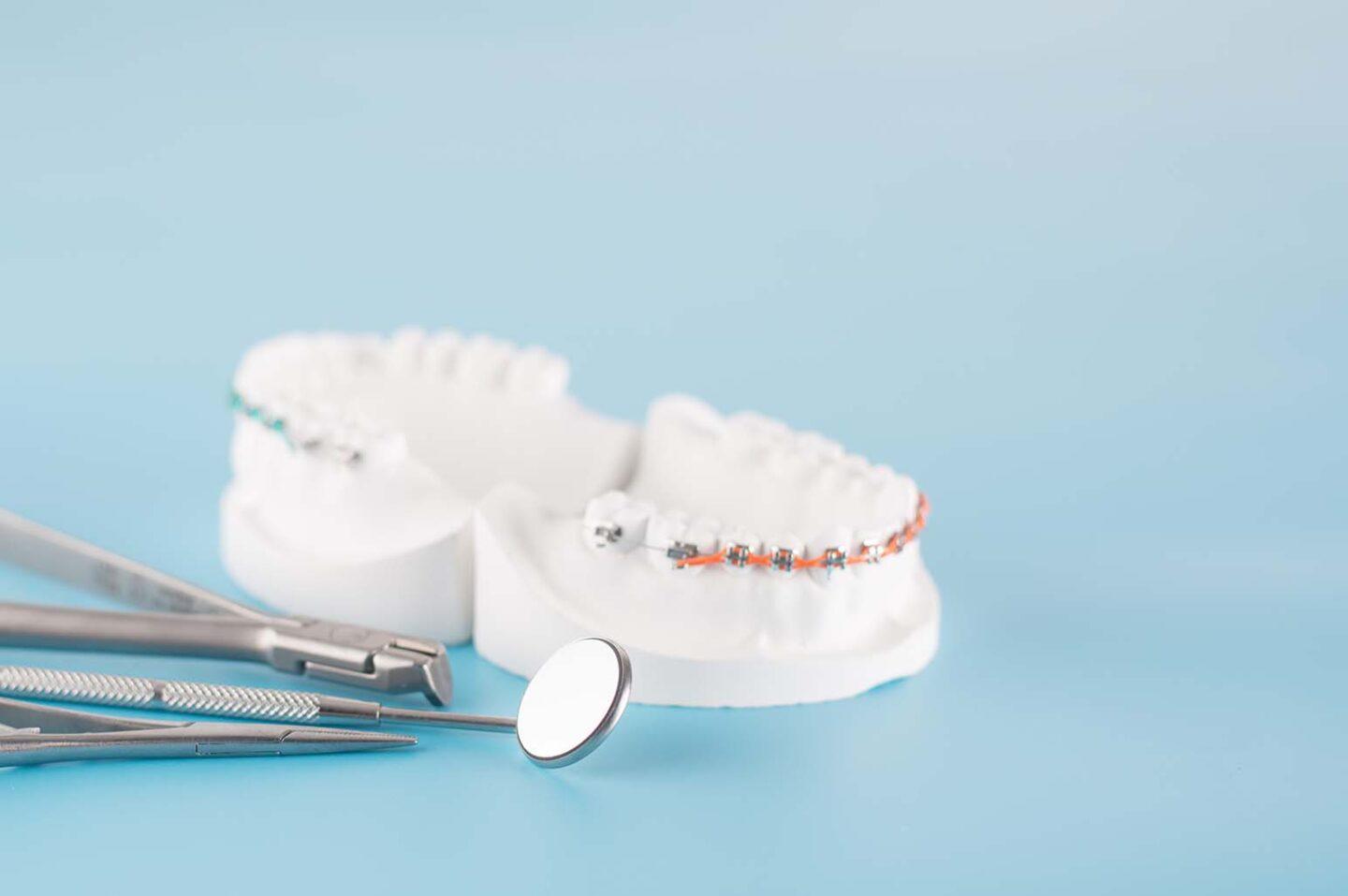Learn how to get the perfect, straight smile and achieve better oral health by fixing your teeth spacing with these easy tips.

Gaps between two or more teeth are a common phenomenon among adults. It occurs when primary teeth fall out. When permanent teeth grow out, sometimes the gaps are filled. But many times, the teeth spacing remains until adulthood. You may not have fandoms dedicated to your tooth gap unless you are Dakota Johnson.
The clinical term for teeth spacing in adults is diastema, and even though it is not harmful, it may spoil your smile and decrease your confidence. This article will attempt to understand why tooth gaps occur and how they can be fixed to give you a perfect smile.
Reasons for Teeth Spacing
- Missing Teeth: When teeth are missing, neighboring teeth may shift out of place, causing spacing issues. This can affect both the appearance and function of the teeth. If left untreated, the gaps can lead to further problems, including tooth decay and gum disease. Treatment options for missing teeth include dental implants, bridges, and dentures.
- Gum Diseases: Gum disease is a common cause of teeth spacing. As the disease progresses, it can cause the bone supporting the teeth to weaken, resulting in tooth loss and gaps. Treating gum disease early can prevent tooth loss and further spacing issues. Good oral hygiene practices and regular dental checkups can help prevent gum disease.
- Loss of Primary Teeth: Losing primary teeth is a natural part of growing up, and it often results in spaces between the teeth. While this is normal, it can sometimes cause the permanent teeth to grow crooked, leading to further spacing issues. In some cases, orthodontic treatment may be necessary to correct these issues.
- Bad Habits: Habits such as thumb-sucking, lip sucking, and tongue thrusting can put pressure on the teeth, causing them to shift and creating gaps. Breaking these habits early on can help prevent further spacing issues. Orthodontic treatment may be necessary to correct already existing gaps.
- Genetics: Genetics can play a significant role in teeth spacing issues. Inherited traits can affect the size and shape of teeth and jaws, leading to spacing and alignment problems. Orthodontic treatment, such as braces or clear aligners, can correct these issues and improve both the appearance and function of the teeth.
Treatment Options for Teeth Spacing
There are various treatment options to fix teeth spacing in adults. Depending on the age and nature of the gap, your orthodontist may recommend one of the solutions listed below. In children, dentists usually advise waiting until adulthood, as teeth gaps may close by themselves with age. For teeth gaps in adults, here are some treatment options –
- Braces – Braces have been used for decades to close gaps between teeth. They apply pressure to the teeth, gradually moving them into the correct position over a period of time. The braces consist of metal brackets attached to the teeth and a wire that runs through them. As the wire is adjusted over time, the teeth move closer together. Depending on the extent of spacing, the treatment may take anywhere from a few months to a few years.
- Invisalign – Invisalign is an alternative to traditional braces and is virtually invisible. The treatment involves wearing clear, removable aligners that gradually move the teeth into the desired position. These aligners are custom-made for each patient using 3D imaging technology. The treatment time for Invisalign varies depending on the severity of the spacing, but it usually takes between 6 to 18 months.
- Veneers – Veneers are thin, custom-made shells of porcelain that cover the front surface of the teeth. They are a popular option for those who have spacing between their teeth due to smaller teeth. The veneers are bonded to the teeth, which can improve their appearance and close gaps between teeth. The process is minimally invasive and can be completed in just a few visits to the dentist.
- Dental Implants – If the spacing between teeth is due to missing teeth, dental implants may be an option. Dental implants involve placing a small titanium screw into the jawbone to replace the missing tooth root. Once the implant has healed, a dental crown is placed on top to replace the missing tooth. Dental bridges are another option and consist of false teeth held in place by a device attached to the teeth on either side of the gap.
- Dental Bonding – Dental bonding is a simple and non-invasive treatment for teeth spacing. The process involves applying a tooth-colored resin material to the teeth to fill the gap. The resin is then hardened with a special light source, which bonds it to the tooth. The procedure can be completed in a single visit to the dentist and usually takes less than an hour.
- Orthodontic Surgery – Orthodontic surgery is a treatment option for those with spacing between teeth due to an oversized labial frenum. The frenum is a small piece of tissue that connects the upper lip to the gum tissue. When the frenum is too large, it can cause a gap between the front teeth. Orthodontic surgery involves removing the excess tissue and correcting the spacing between teeth. Recovery time varies, but braces may be needed afterward to fully close the gap between teeth.
In Conclusion
If you or someone around you has a tooth spacing issue, the essential thing is to find out the cause. If the tooth gap is a symptom of gum disease, then see a doctor as soon as possible. If the cause is different, they may decide to opt for corrective treatment. The good news is that anyone who wants to correct their tooth gap can get effective treatment. Talk to your orthodontist about correcting your teeth spacing; they will help you determine the best treatment for your condition.